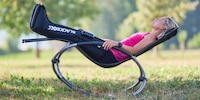

Blood sugar monitoring with (almost) no finger pricking: 14-day testing with the FreeStyle Libre 3
How does the FreeStyle Libre 3 allow for continuous blood glucose monitoring? And why is it also an exciting development for non-diabetics? Res Kocher – who leads the engineering team at Galaxus – tested the sensor and reported surprising findings.
It’s a firm rule in the Galaxus editorial team that we thoroughly test products ourselves before reporting on them. But this time, I’m making an exception and reporting on a blood glucose monitoring system in the form of an interview. My colleague Res Kocher – our engineering team leader – has thoroughly tested the Abbott FreeStyle Libre 3 sensor and amassed such detailed experience that he’s the best person to tell you about it.

What’s special about the sensor is that it allows continuous monitoring of blood glucose levels – without having to constantly prick your finger. In this interview, Res reveals why he decided to test the sensor, which features he particularly likes and where he sees room for improvement.
Res, you tested the Abbott FreeStyle Libre 3 sensor. What prompted you to try it as a non-diabetic?
Res: during a routine check, my blood sugar level (HbA1c level) was slightly elevated – as an average over two to three months. This unsettled me, and I wanted to know how my body reacts to different foods and what I could do to improve it.
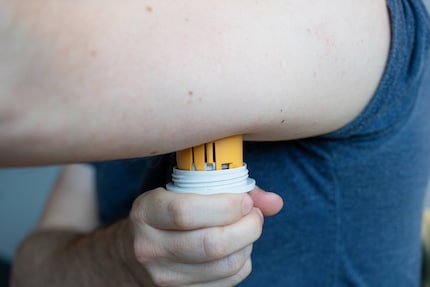
That sounds like an exciting experiment. What was your first impression of the sensor?
I was a bit unsure about putting it on at first, because you have to insert the sensor – including a very small needle – onto or under the skin. Afterwards, though, I was pleasantly surprised by how simple and unobtrusive the sensor is. It measures glucose levels every minute and stores them locally until you transfer them to your mobile. There’s no constant finger pricking, no scanning, yet I still got continuous readings – that was really convenient.
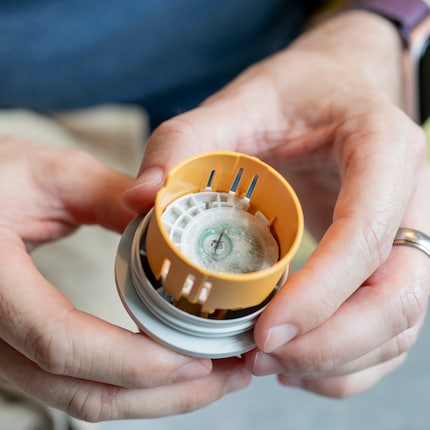
You wore the sensor on the back of your upper arm continuously for two weeks. Did it stay in place securely, or were you worried it might fall off? And did it bother you during exercise or sleep, for example?
It’s always stayed on really well. It’s important to get the position right on your arm. If the sensor’s too close to your elbow, it can be annoying. However, if it’s too close to your shoulder, it can catch and pull when you take off your top, for example. Placing it just below the sleeve worked best. It stayed on for two weeks without any problems – even while sleeping, bathing, in the sauna, exercising or doing similar activities. However, you might lie on the sensor in your sleep, temporarily reducing the accuracy of the data.
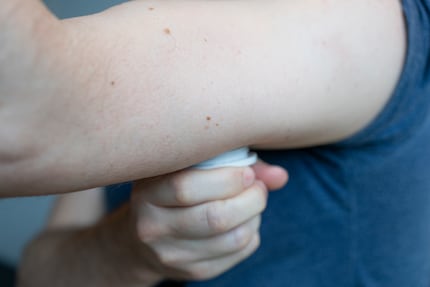
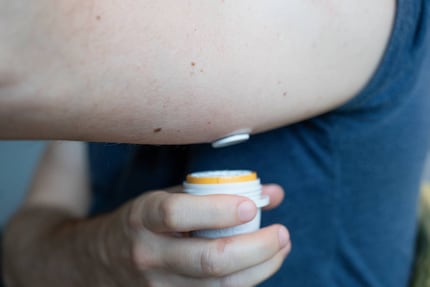
What did you find out during the 14 days you wore the sensor?
It was really interesting to see how my blood sugar levels reacted to different foods. They varied dramatically. Adding fat and protein to pasta makes a huge difference.
Background: what’s the glycaemic index?
The glycaemic index (GI) is a measure of how much and how quickly a carbohydrate-based food causes blood sugar levels to rise after you’ve eaten it. The GI was developed to compare the effect of different foods on blood sugar. Glucose is the usual reference value, which has a GI of 100. Foods with a high GI (over 70) result in a rapid, sharp increase in blood sugar, while foods with a low GI (under 55) only cause blood sugar to rise slowly and moderately. A rapid increase in blood sugar can lead to cravings, energy fluctuations and eventually insulin resistance or type 2 diabetes. So, it’s advisable to focus on foods with a low GI to keep your blood sugar levels stable.
How to stabilise your blood sugar level
If you add some olive oil (fat) and chicken breast (protein) to a serving of pasta (high GI), your blood sugar will rise considerably more slowly and gradually afterwards than if you eat the pasta on its own. This keeps blood sugar levels more stable, which not only reduces the risk of cravings but also promotes long-term health – especially for people with diabetes or insulin resistance.
While each food has its own GI, the makeup of a meal has a considerable impact on its glycaemic impact. Combining carbohydrates with fat and protein can benefit blood sugar levels and reduce the risk of blood sugar spikes and cravings.
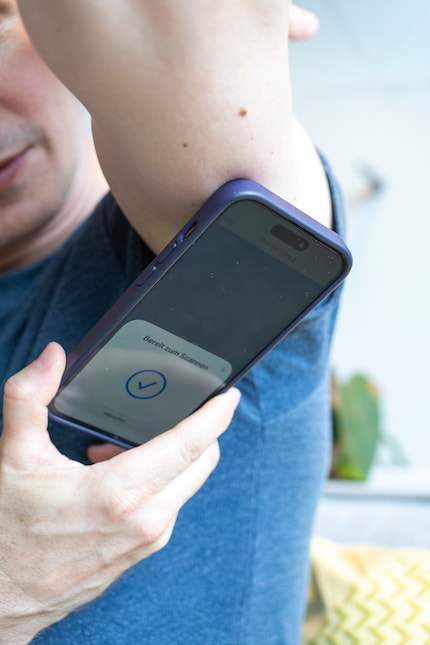
Have you discussed the readings with your doctor?
Yes, and I provided her with the detailed analysis as a PDF. She advised me to continue to use the experience I’ve gained and have my HbA1c level measured again in a few months.
That sounds really helpful. Would you say that a sensor like this one would also be useful for people without diabetes?
Absolutely! It’s fascinating to see how your body reacts to certain foods or even exercise. I’ve learned a lot about which foods have a negative impact on my blood sugar levels. You learn a lot about yourself and can adjust your diet accordingly.
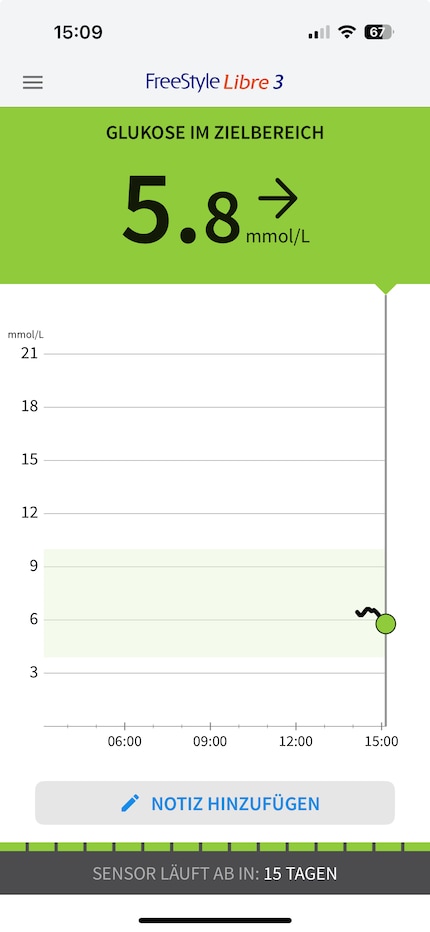
Source: Screenshot
Have you changed your eating habits or lifestyle since the experiment?
Since the experiment, I’ve been more conscious about my diet. I now place more emphasis on combining carbohydrates with proteins and fats to keep my blood sugar levels stable. I’ve significantly reduced my intake of foods with a high glycaemic index – like sweets. I also take longer breaks between meals and avoid frequent snacking. Overall, I’m more mindful of my diet.
Can the sensor be reused after 14 days?
Unfortunately not. You’ll need a replacement. But the data I collected during that time was enough to give me an idea of the effect of the food I was eating.
Was the experiment worth it for you?
It immediately highlighted where there was still room for improvement. I realised how, with small adjustments, I could give my body more peace and balance.
Anna: Thank you for your helpful insights, Res.
Res tested the Abbott FreeStyle Libre 3 sensor, which isn’t currently available. The newer model – the FreeStyle Libre 3 Plus sensor – offers extended wear time by one day, an expanded age rating and additional compatibility with insulin pumps and AID systems.
In a nutshell
A good everyday tool with minor drawbacks
Pro
- The sensor can store data even without a phone
- Individually adjustable alarms for high/low values
- The app’s clear and easy to use
- Helpful insights into blood sugar levels and how they change
- Local data storage
- Continuous measurement without constant finger pricking
Contra
- Not all additional features are relevant for every user
- Synchronisation’s only an option via phone or special receiver
- Expensive
- The sensor can only be used for 14 days
Science editor and biologist. I love animals and am fascinated by plants, their abilities and everything you can do with them. That's why my favourite place is always the outdoors - somewhere in nature, preferably in my wild garden.


